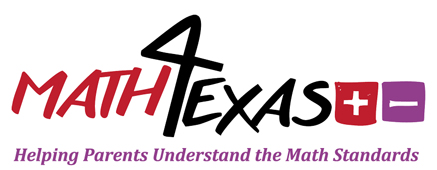T.i.P.S.
-
 Students will use data from a random sample to make inferences about a population. A random sample is the subset of the population selected without bias in order to make inferences about the entire population. Random samples are more likely to contain data that can be used to make predictions about a whole population. The size of a sample influences the strength of the inference about the population. For instance, the larger the sample, the stronger the inference about the population and the smaller the sample, the weaker the inference about the population.
Students will use data from a random sample to make inferences about a population. A random sample is the subset of the population selected without bias in order to make inferences about the entire population. Random samples are more likely to contain data that can be used to make predictions about a whole population. The size of a sample influences the strength of the inference about the population. For instance, the larger the sample, the stronger the inference about the population and the smaller the sample, the weaker the inference about the population.
Example
-
A local home builder surveyed a random sample of 50 customers in Odessa to find out how they heard about their business. The results are shown in the graph below.
If Odessa has a population of 110,000 people, and the builder can only select one type of marketing campaign next year, which option should he choose? Justify your thinking.
Hint
Possible Solution
Digital Tools
-
Click on the following links for interactive games.
Resources
-
Click on the following links for more information.
TEKS
-
(6) Proportionality. The student applies mathematical process standards to use probability and statistics to describe or solve problems involving proportional relationships. The student is expected to:
(F) use data from a random sample to make inferences about a population





 Click
Click 

